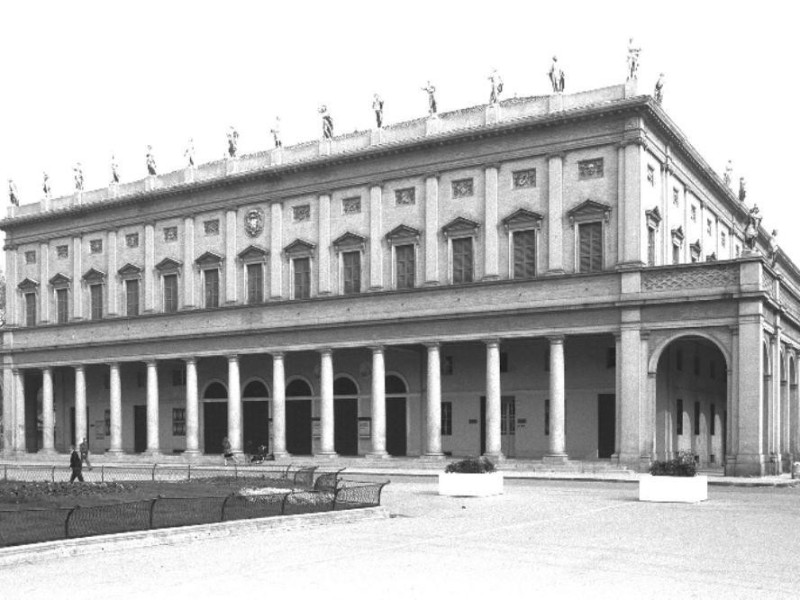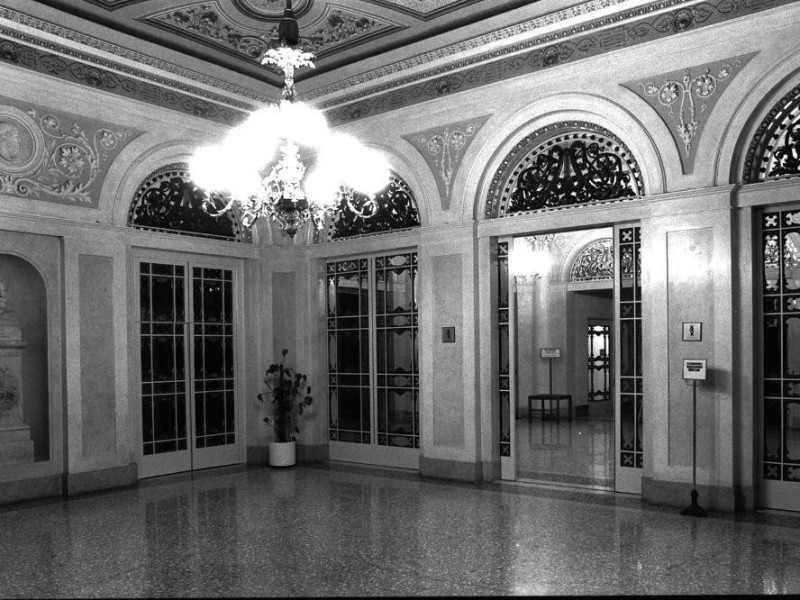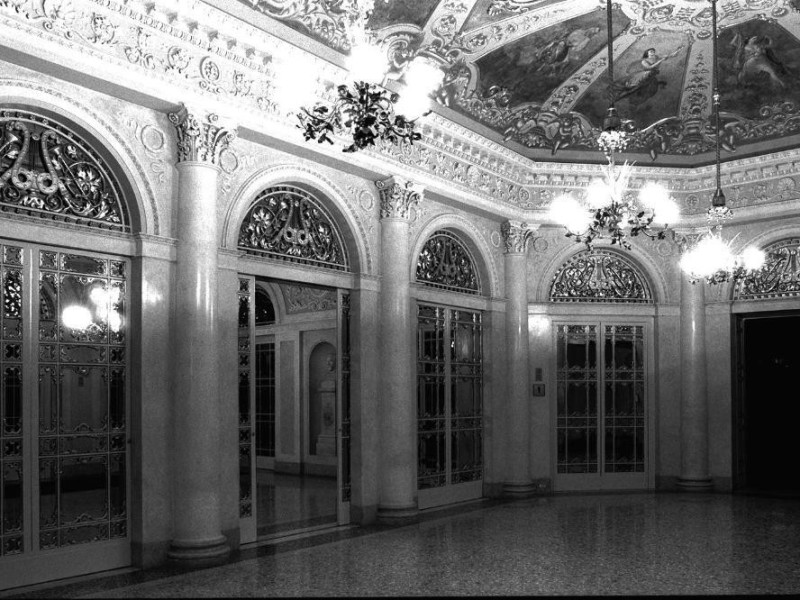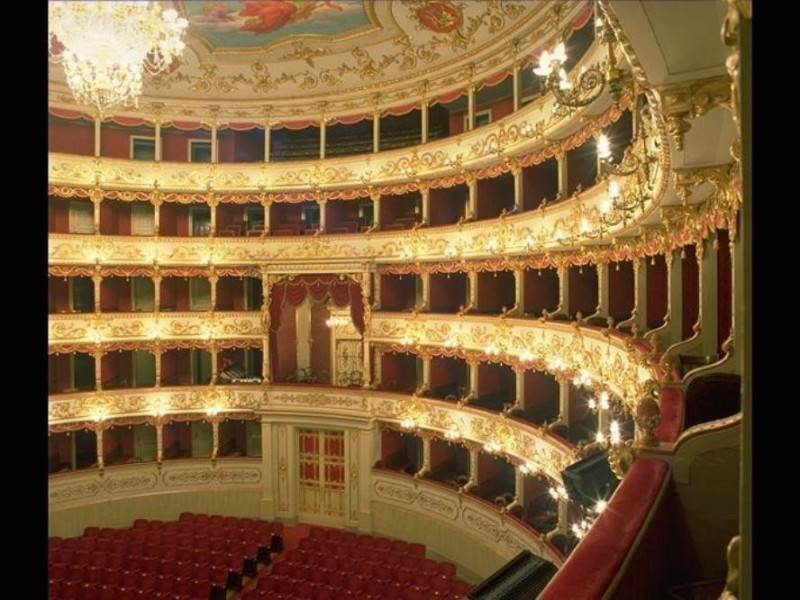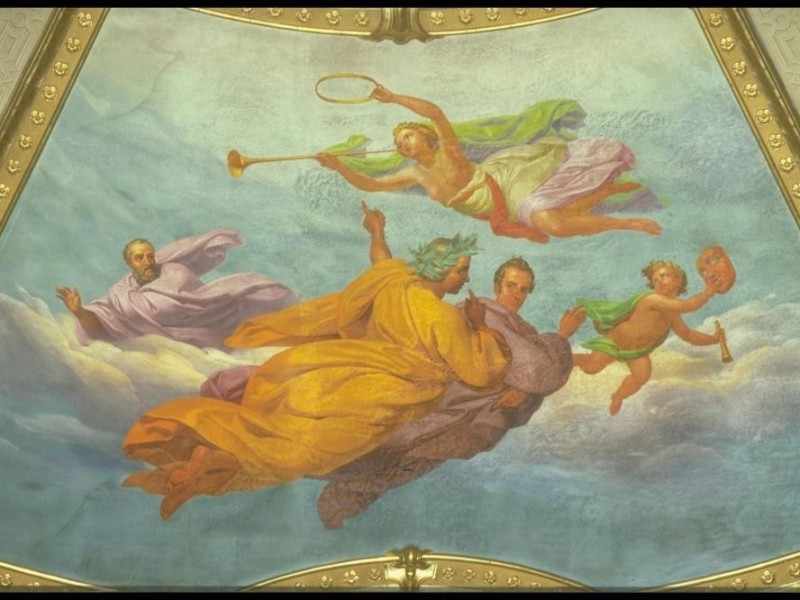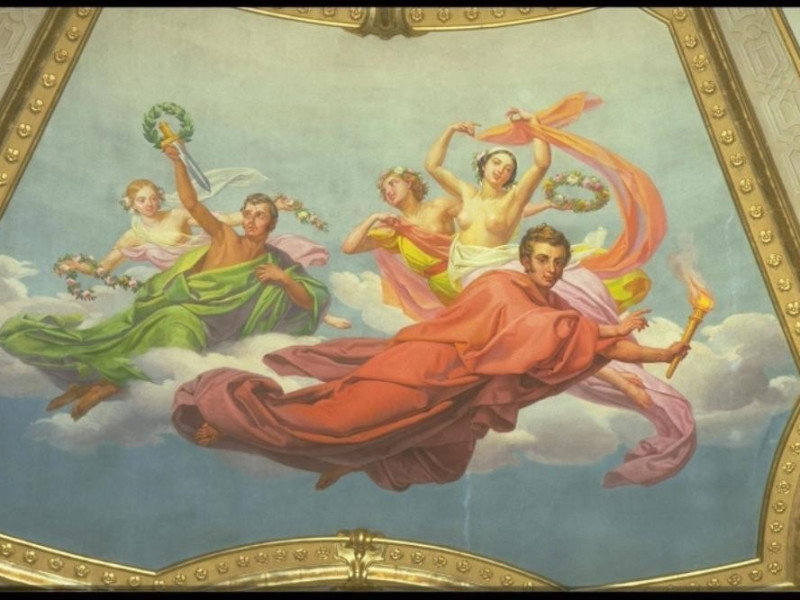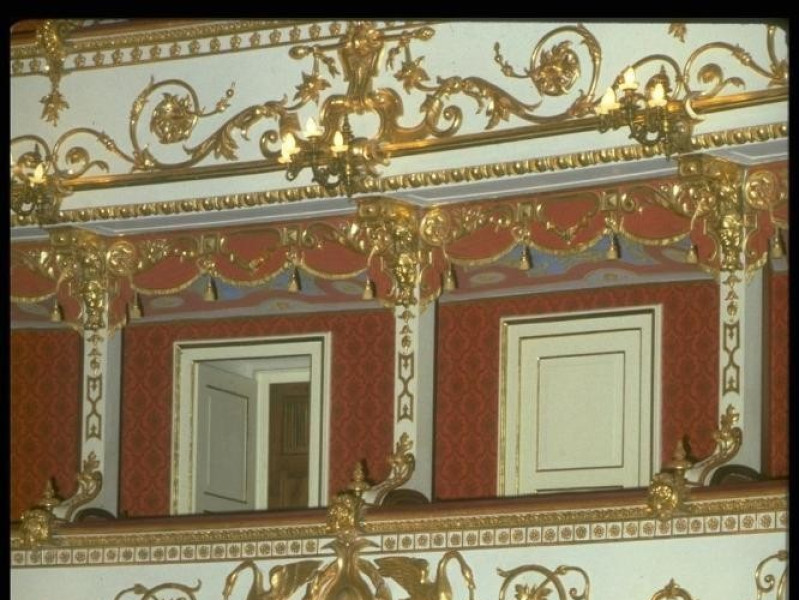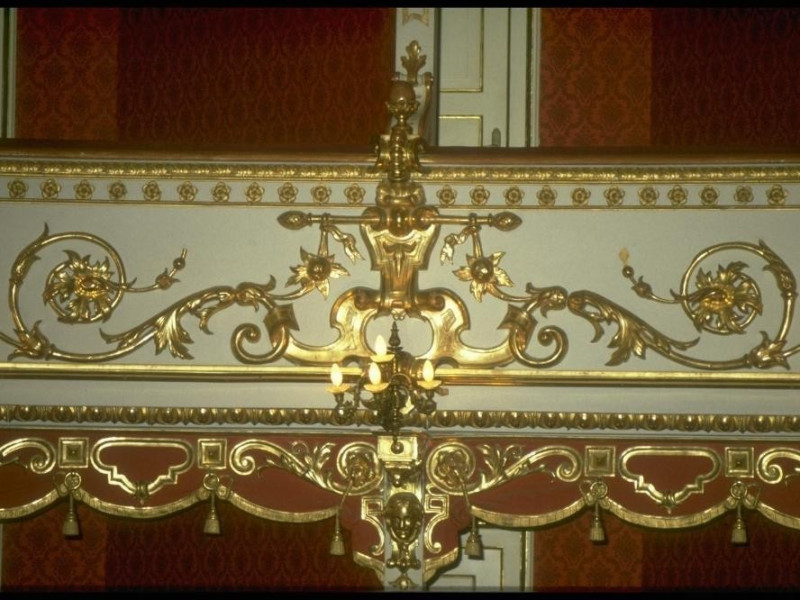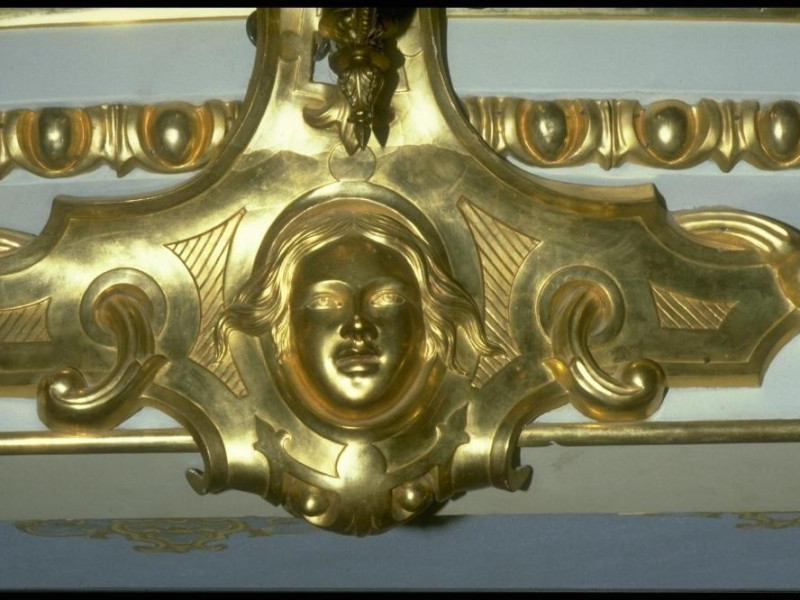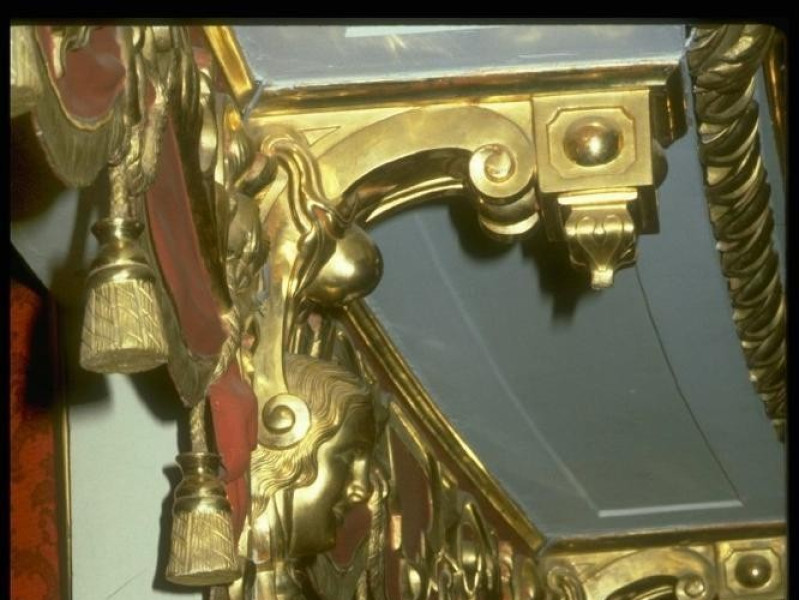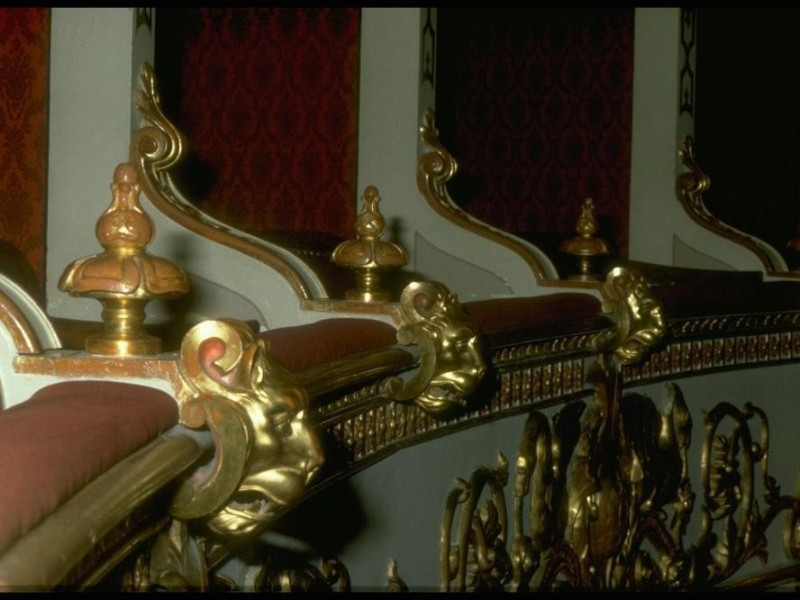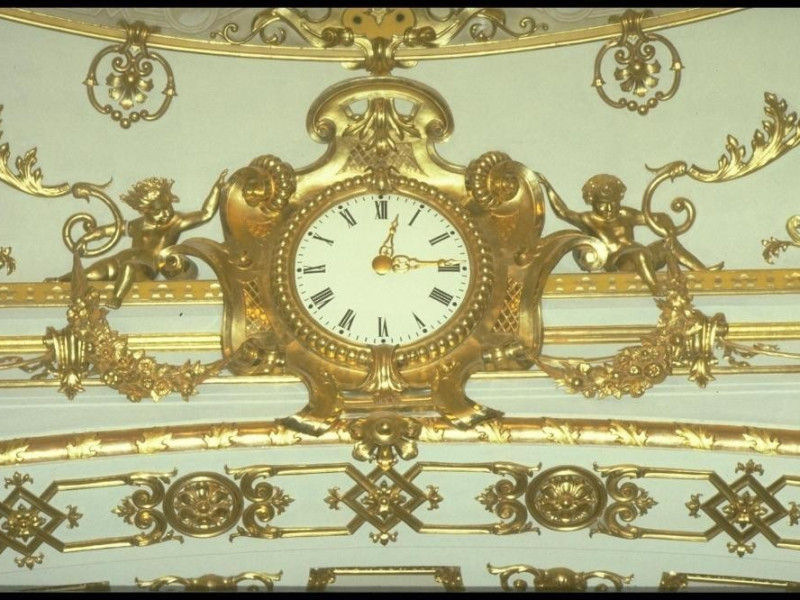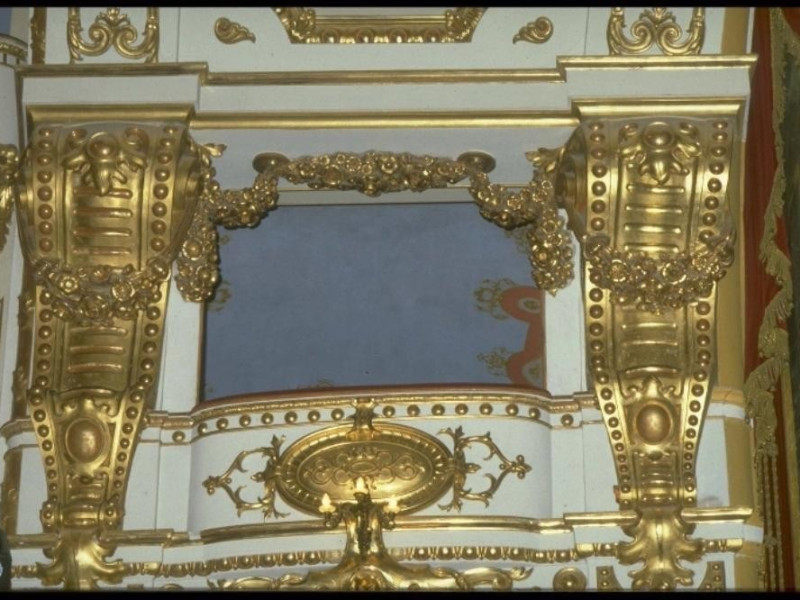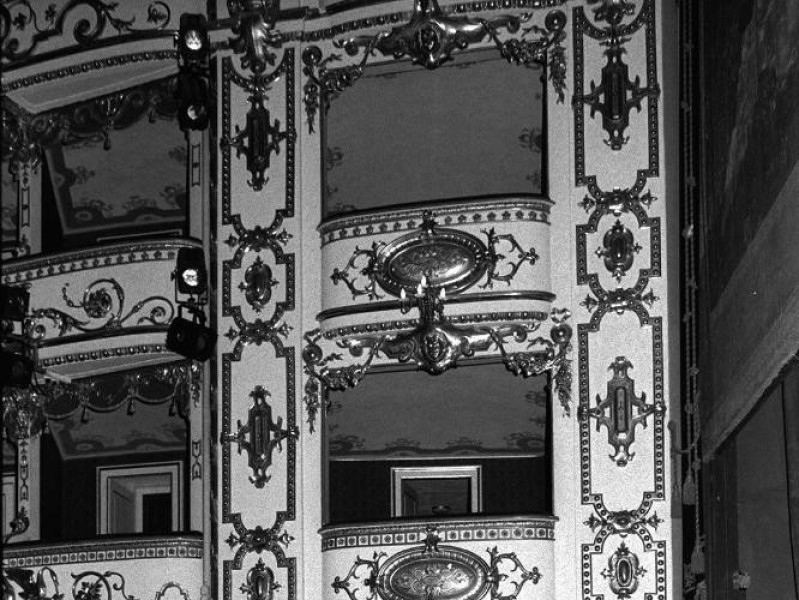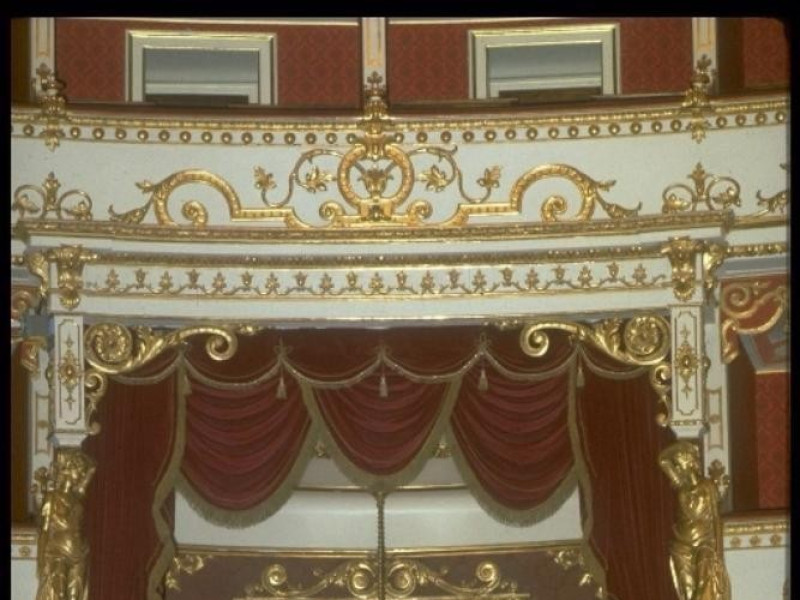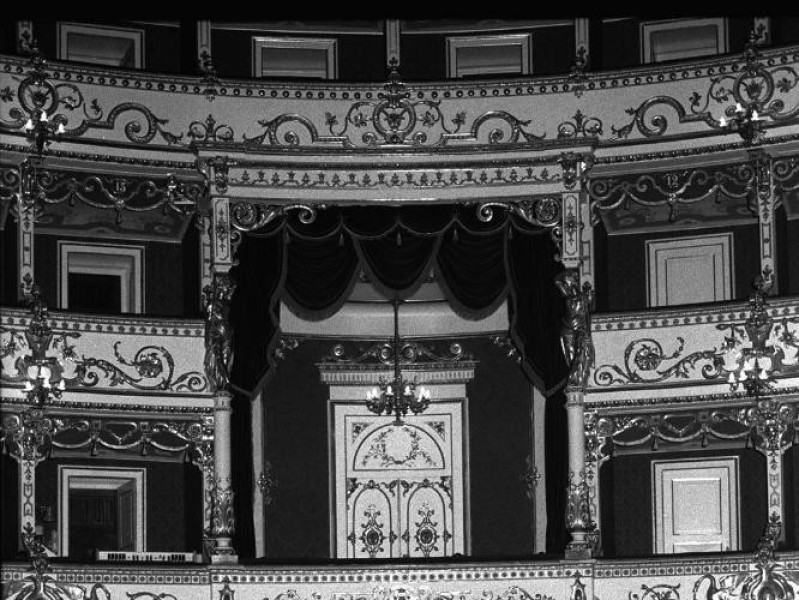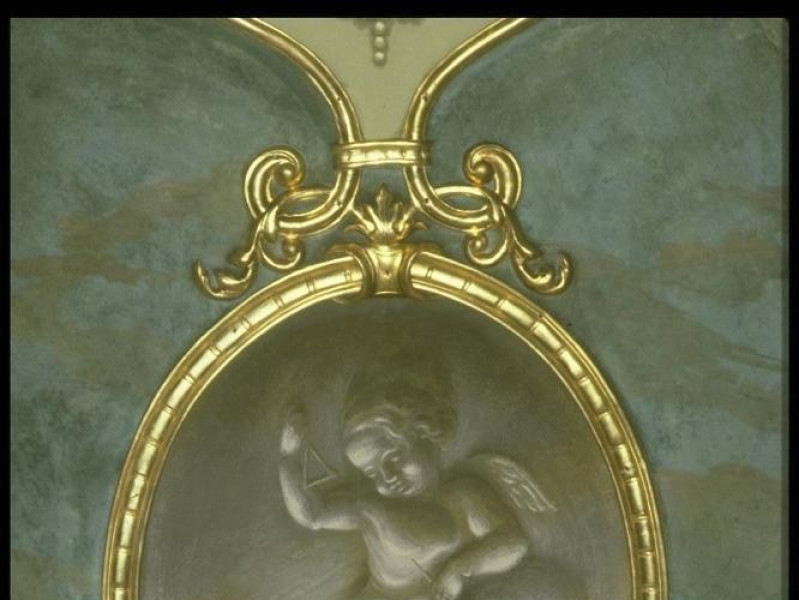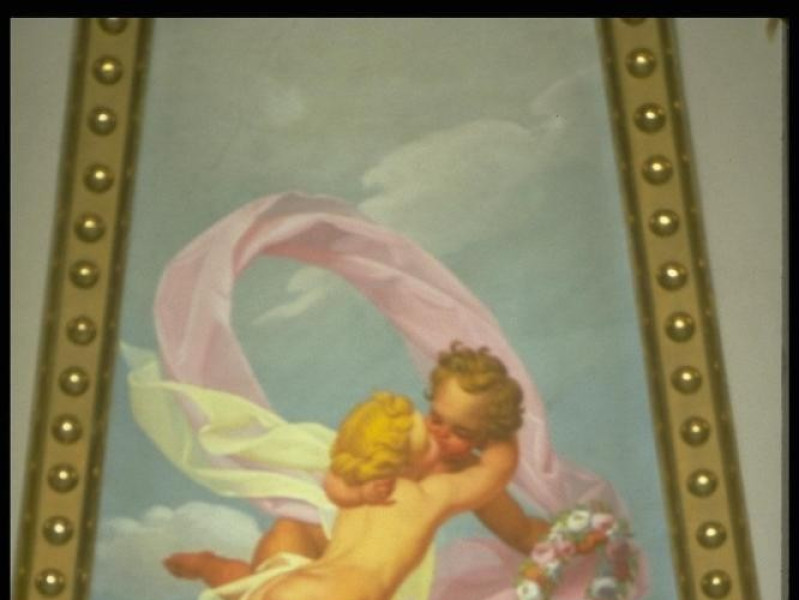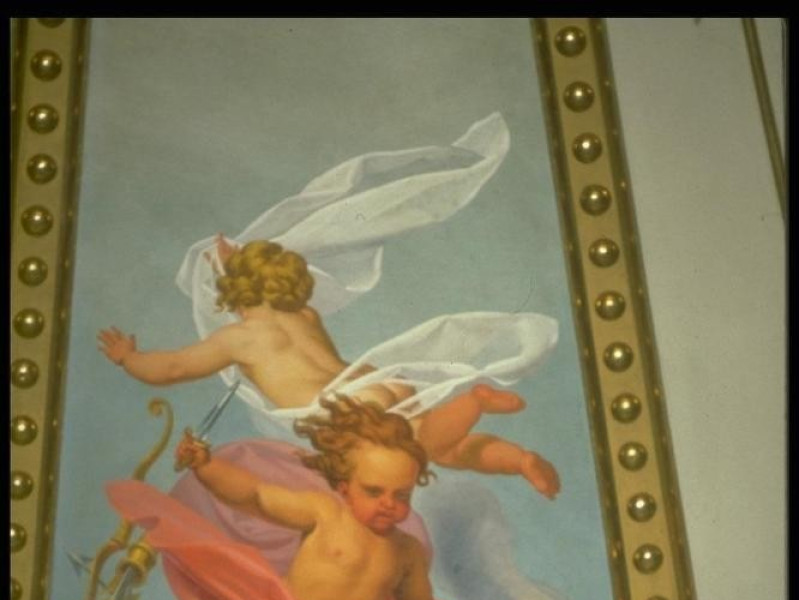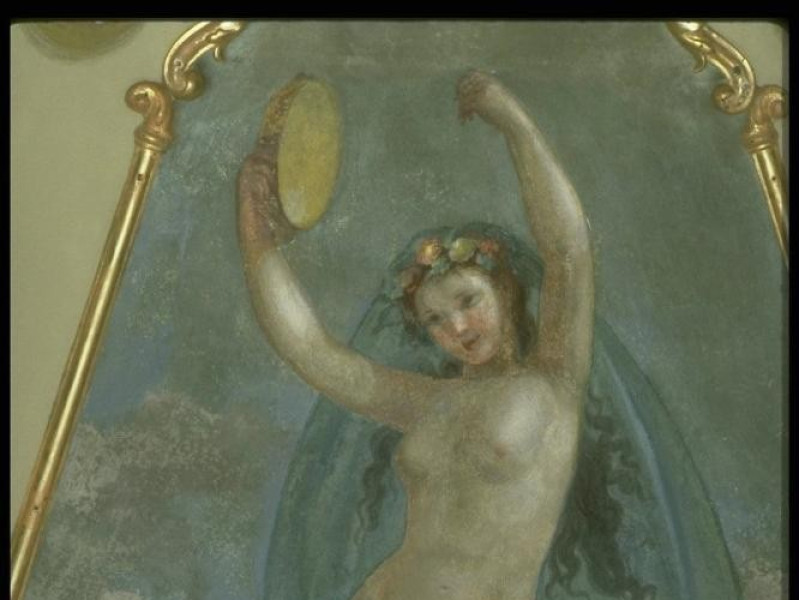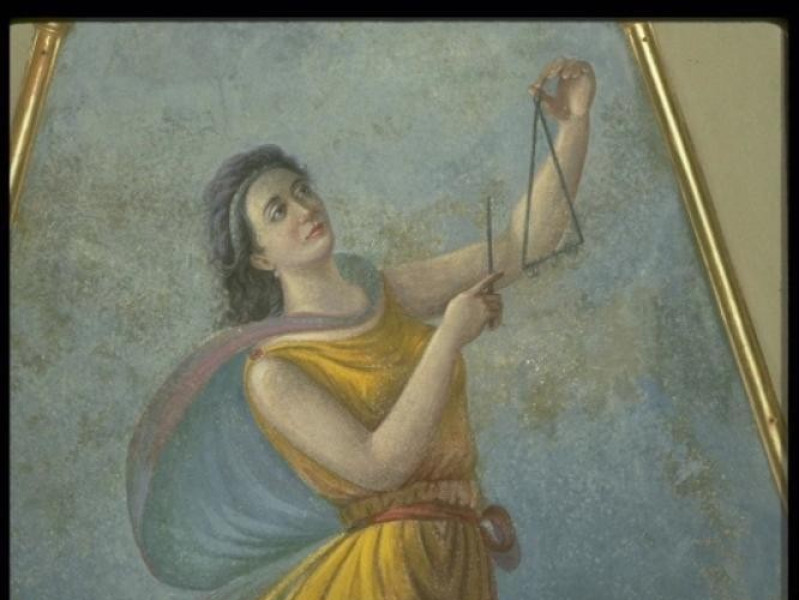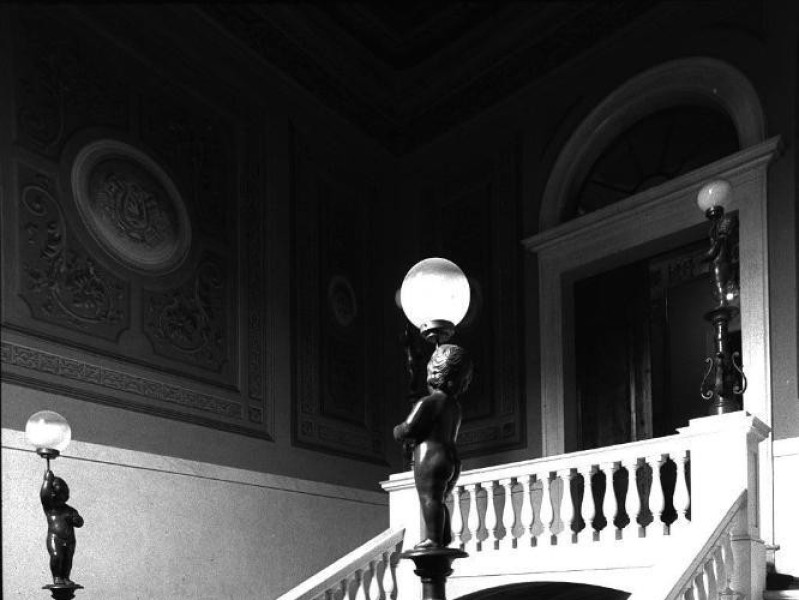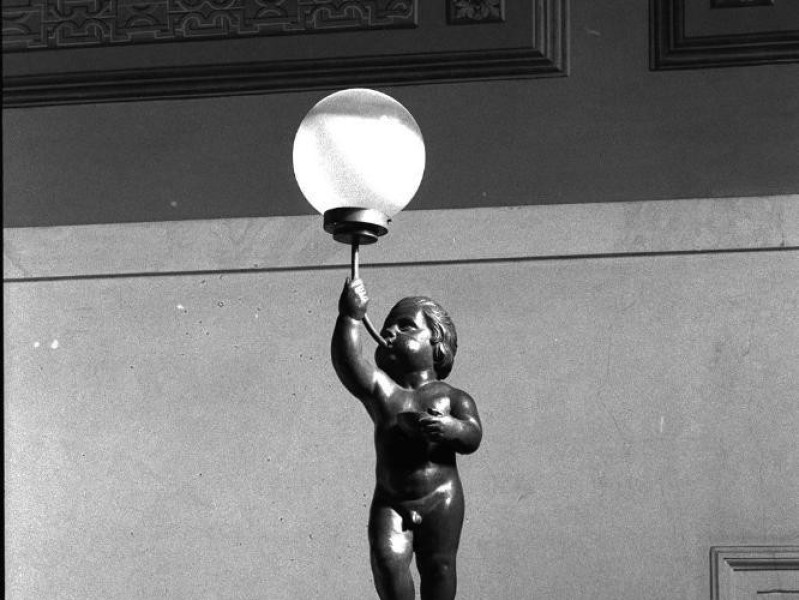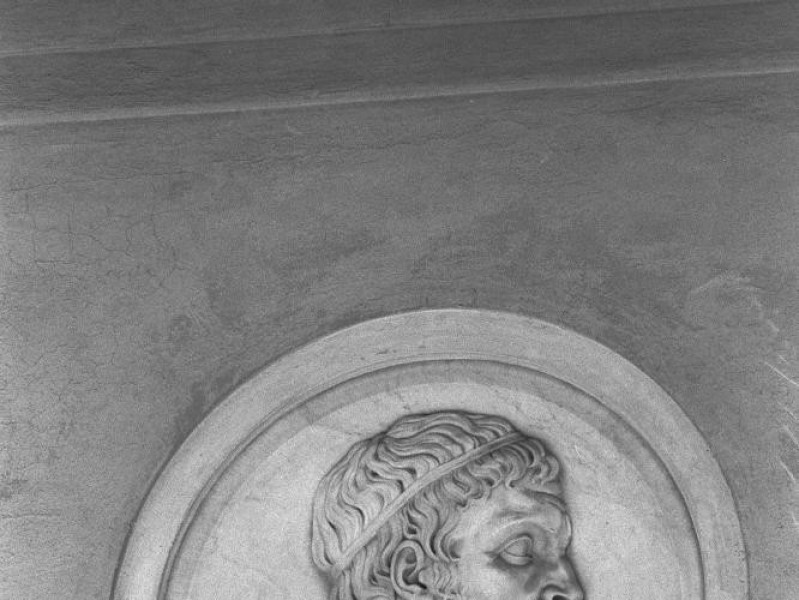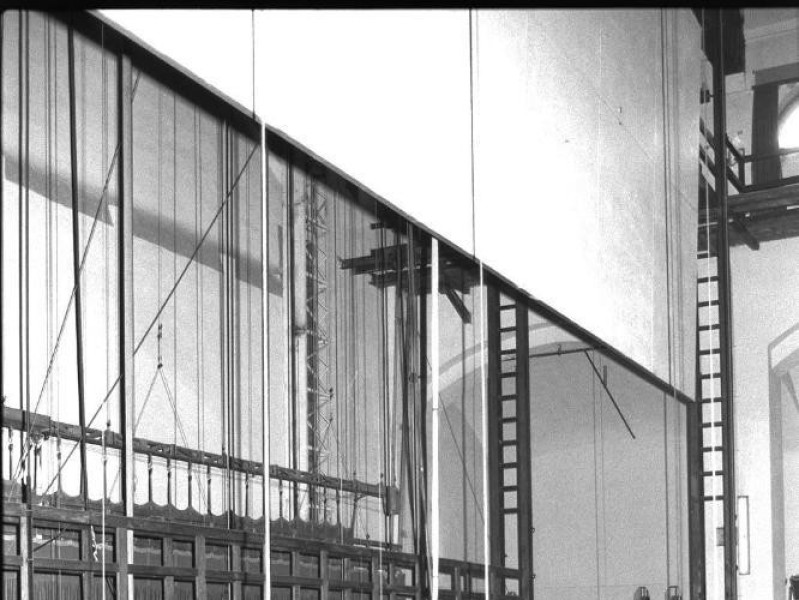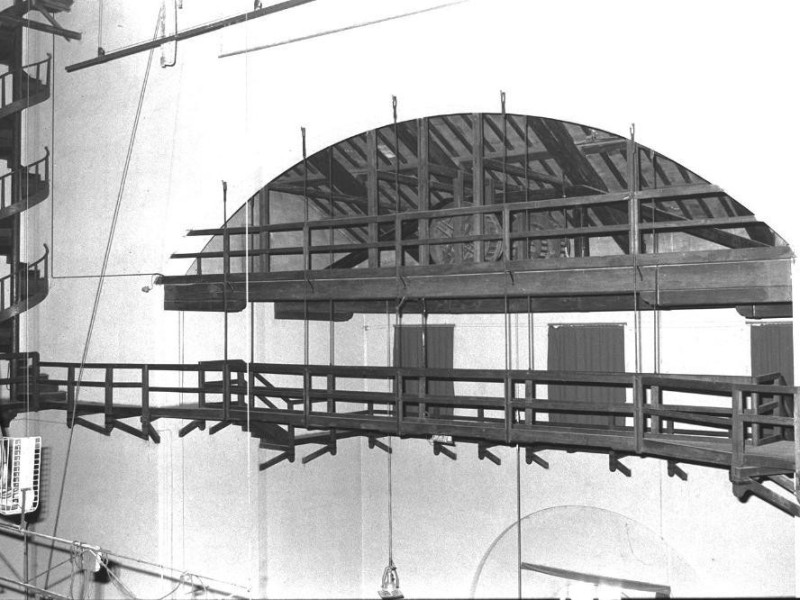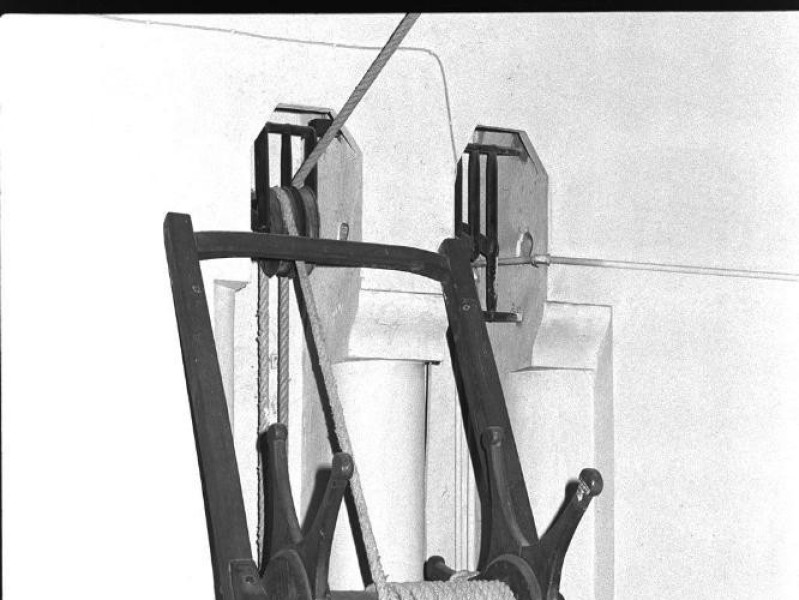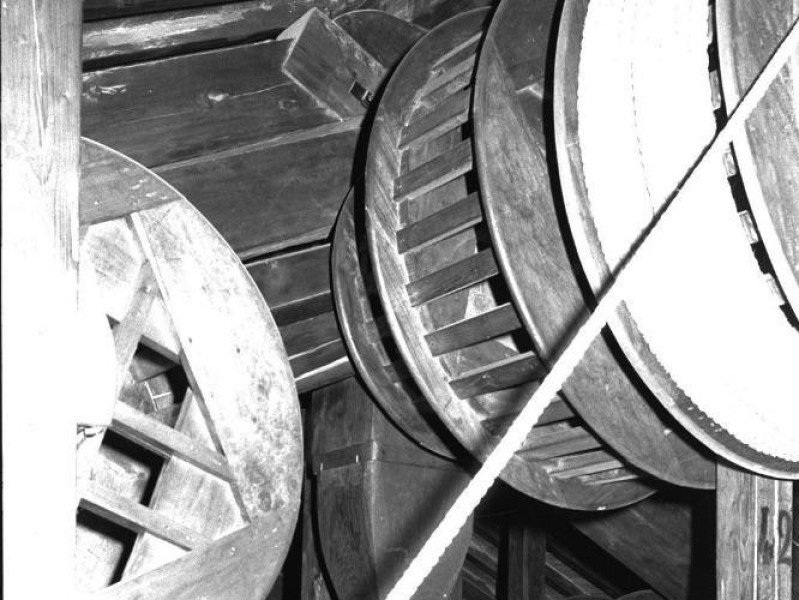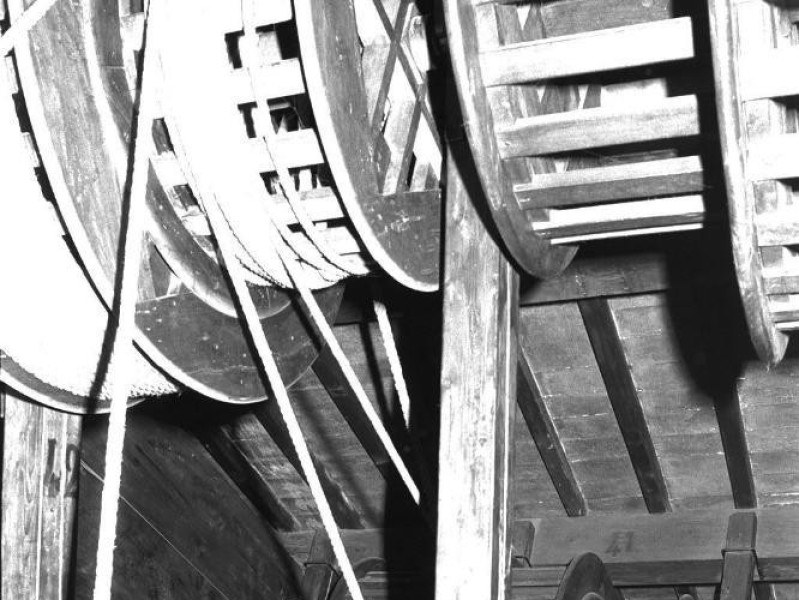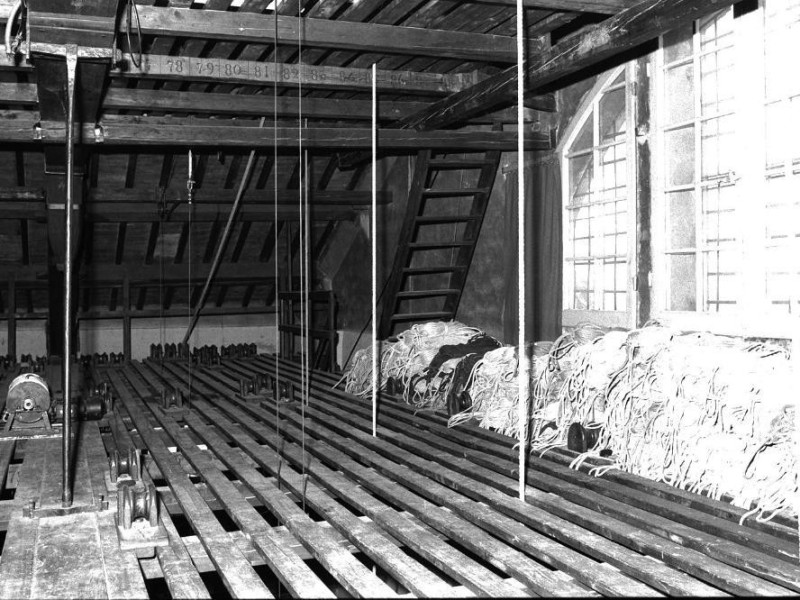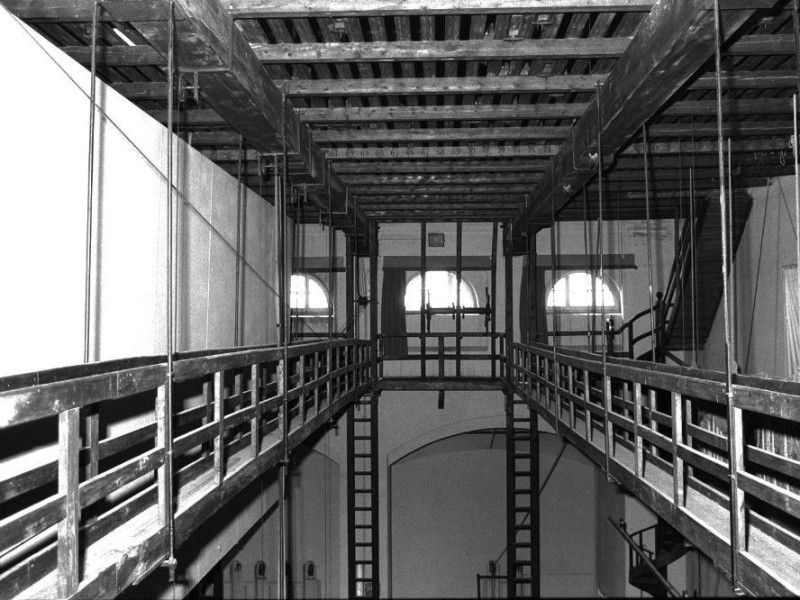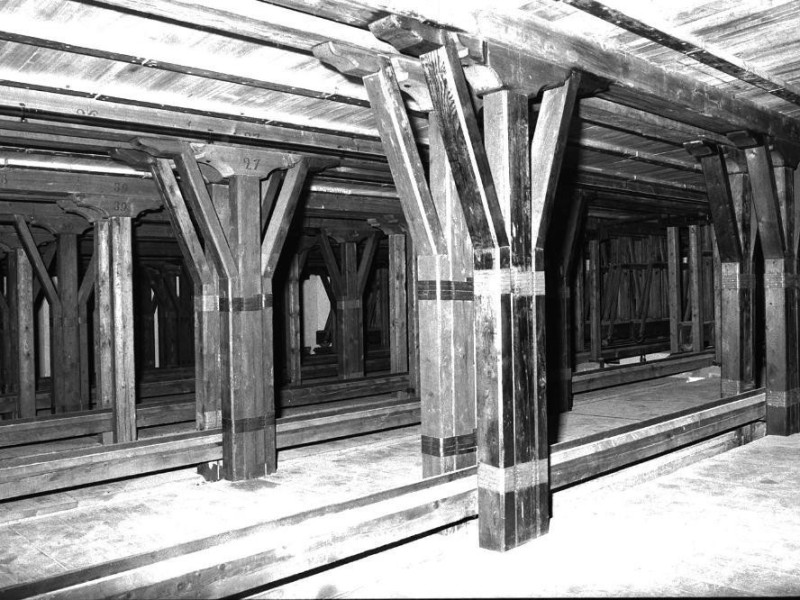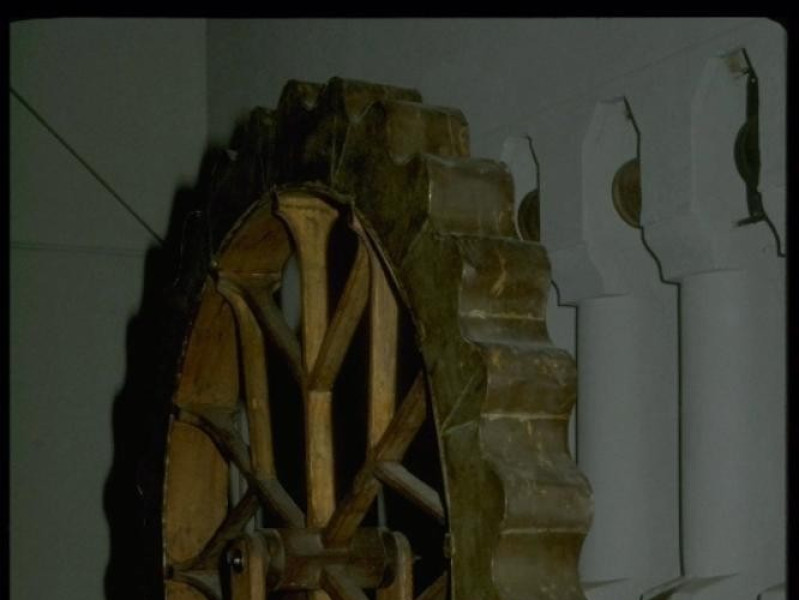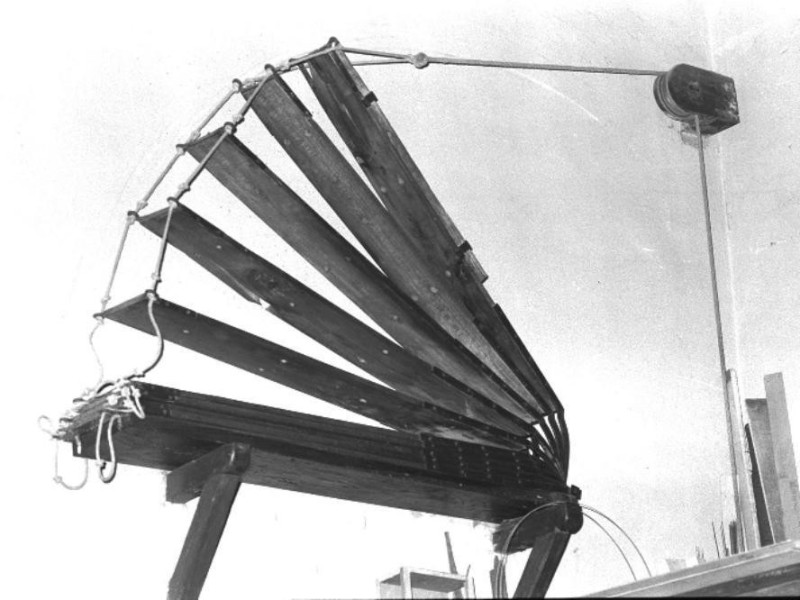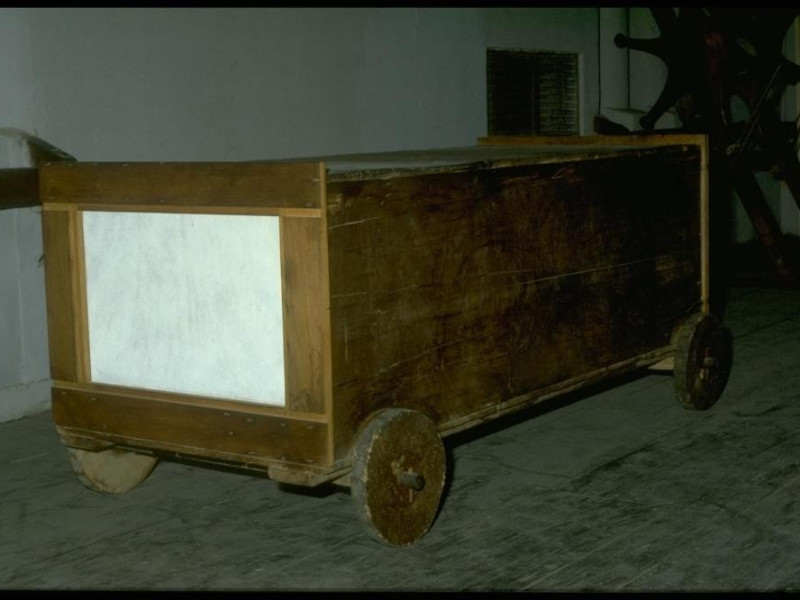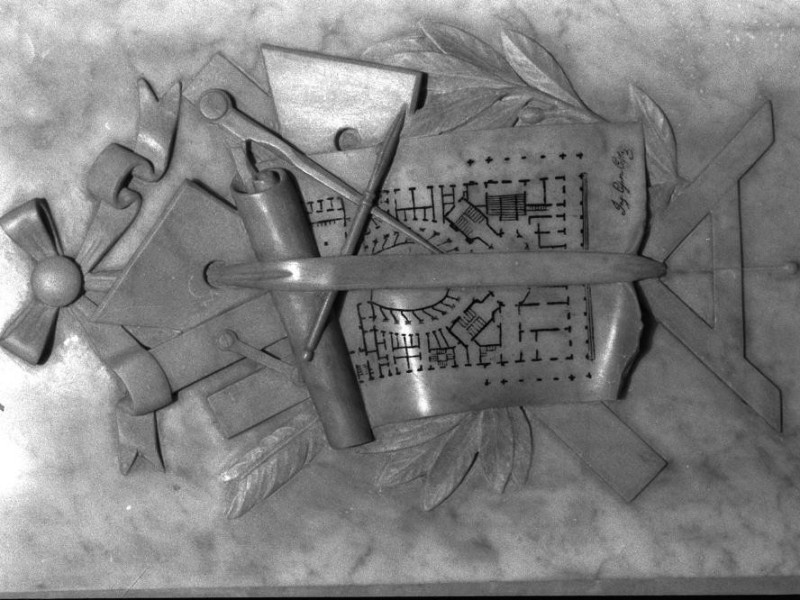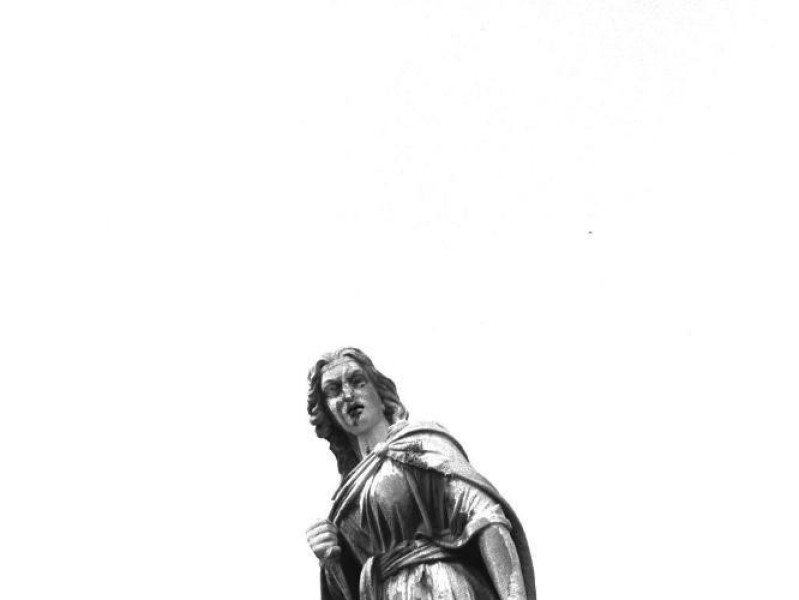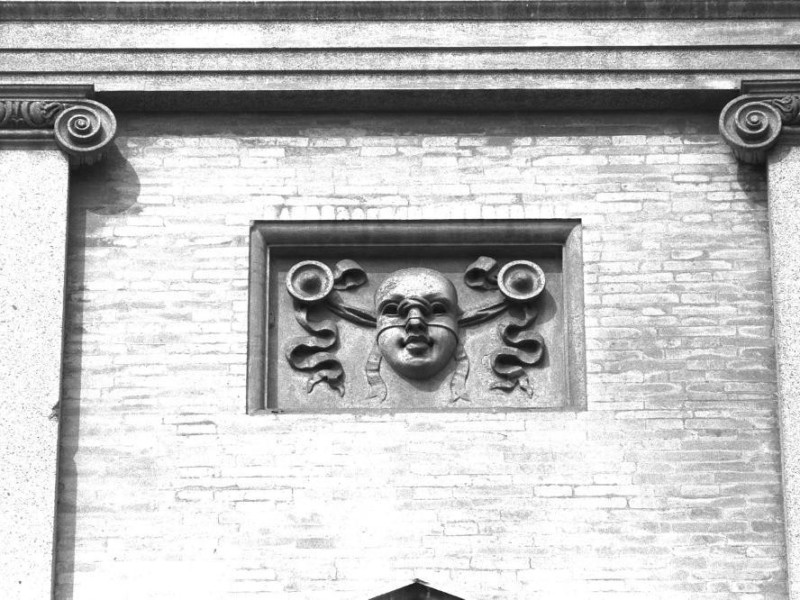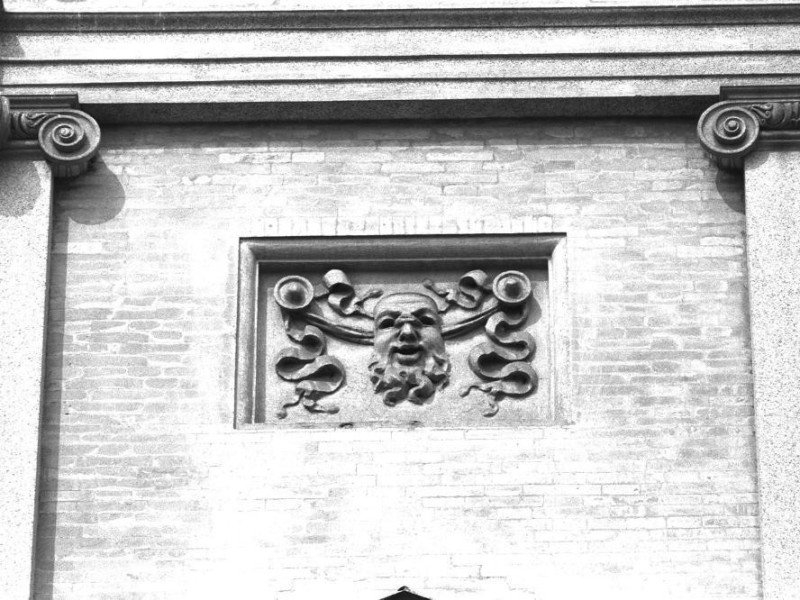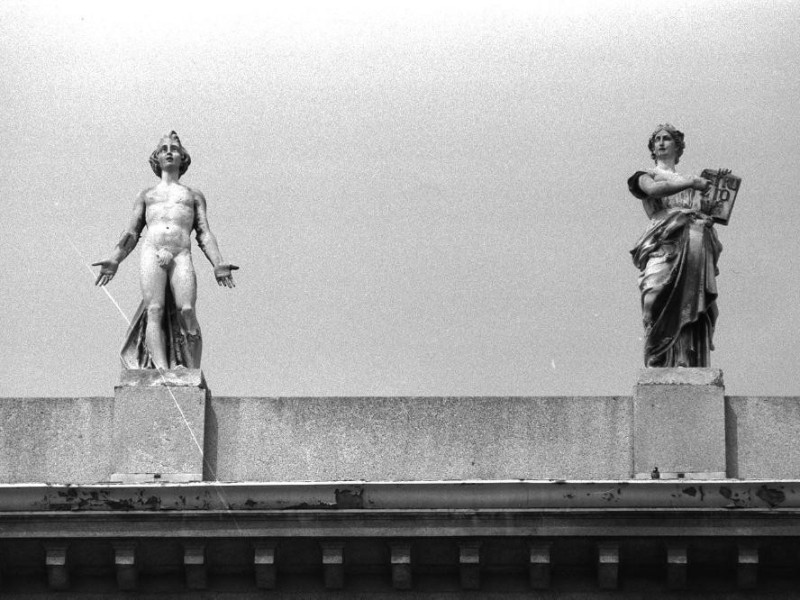Teatro Romolo Valli
The Municipal Theatre is real mirror of the most significant and famous theatrical tradition of the city. As for the history of public theaters of Reggio, one could say that rather than four separate buildings, it seems the story of one hundred years old theater: in fact, despite altering appearance or site, there is a perfect chronological sequence between birth and suppression of each of them. The first place intended for public theater in which we know were held all the major shows, was a large room that was called "the Judges" because it was served for the meetings of the Public Council. It was located in the old Town Hall, now the Palazzo del Monte, in Battisti Square. For fear that the lack of an opera house could cause damage to the normal course of the great fair of May, or the image itself of the city, the Duke Francesco III insisted eagerly at the Council because it was built a new theater. It was decided to use the former area of the ancient Officio of Macina and part of the ducal stables at the Citadel in front of the church of St. Egidio. It asked the architect Antonio Cousins to design the project and, in just seven months of work, in December 1740, was finished the interior of the new theater. The night between April 21 and 22, 1851, a fire broke out: troops were organized to the rescue but the fire had irreparably destroyed the auditorium. With appropriate cuts were saved the atrium and the rooms below. In 1852, on the project of Tegani, were built in little more than twenty days forty stages. The temporary theater that took the name of the "Town Theater Filodrammatico", but in the two years, following the inauguration of the Municipal, which occurred in 1857, being represented only amateur comedies, puppet shows. On request of Cesare Costa, the directors resolved that the area formerly occupied by the parade of the Citadel, was better suited to the new building that reggiani wanted as a monumental theater. It is built with all the elements of decorum of just demolished Citadel, the symbol of ducal power. Seven years after the disastrous accident, April 21, 1857 was inaugurated the new theater with the work set to music for the occasion by reggiano Achille Peri, Vittore Pisani and with a spectacular dance "Charles the Sapper" by famous choreographer Joseph Rota. The acoustics was judged excellent in the chronicles of the time. Nothing has changed from the original construction: twelve Doric columns on three steps of granite and two side arches for carriages, supporting the majestic colonnade on which stands the main floor. In it, thirteen large windows with pediment and relief are divided by Ionic pilasters ending with fourteen statues that stand high above the mighty cornice decorating the facade. The porch continues on both sides, following the reasons for the facade decorated with statues. The terraces are placed other statues of famous people remember with concrete examples the application of the two principles of Education and of the Beloved. Five doors of equal size opening on the porch. The center introduces the Vestibule, with octagonal atrium decorated by Girolamo Magnani and Giuseppe Ugolini and whose arched openings are interspersed with semi-Corinthian columns. The grand ducal stage occupies the place of four central boxes of the second and third order. Each shelf has a backstage service. The great astrolampo, original copper coated in stucco, hangs from the ceiling decorated by Domenico Pellizzi depicting allegories of Melodrama, Tragedy, and Comedy of Choreography. The curtain was painted by Alfonso Chierici. The Hall is one of the richest Italian theaters of machines and facilities for the preparation of the scenes still preserved intact: winches, drums, two orders of dunnage, spiral staircases, hanging roads, wells dried for counterweights, metal pipes for verbal communication; machines for special effects: thunder, rain, lightning, wind and flight; scales for the oil and gas. Of incredible greatness is the space backstage with a proscenium opening of almost 14 meters, with a width of stage 31 and a depth of 26 meters. On the stage is installed an organ built in 1815 by Louis Montesani Mantua and recently restored. Since 1957 the management of the Municipal Theatre is completely communal. The establishment of laboratories allows a local craft specialist can continue the tradition of the nineteenth century. In the foyer are held conferences and exhibitions. The Archive has been transformed into a modern office Documentation. Currently, the Municipal Theatre organizes well as seasons of opera, seasons of dance, drama and music concerts.

